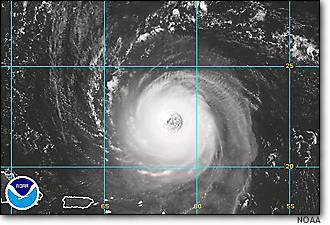The Season

The diving season in New Jersey begins in June for most of us. Hardy souls in drysuits will dive all year long, but with a good 7mm wetsuit, early June is still chilly. By late July the ocean has warmed up nicely, and it keeps getting warmer through September and doesn't really get cold again until October or even later.
So the peak dive season is June through November, right? Well, not quite. Early August starts hurricane season, and by late August it is in full swing. A couple of good storms and everything is so roiled up that there is almost no point in trying to dive anymore. That's not to say that there can't be a good year with no hurricanes. Barring storms, with a drysuit you could reasonably expect to dive from late April to early December.
Monthly surface water temperature data from the Long Island weather buoy (44025). Bottom temperatures are considerably lower in the summer months.
